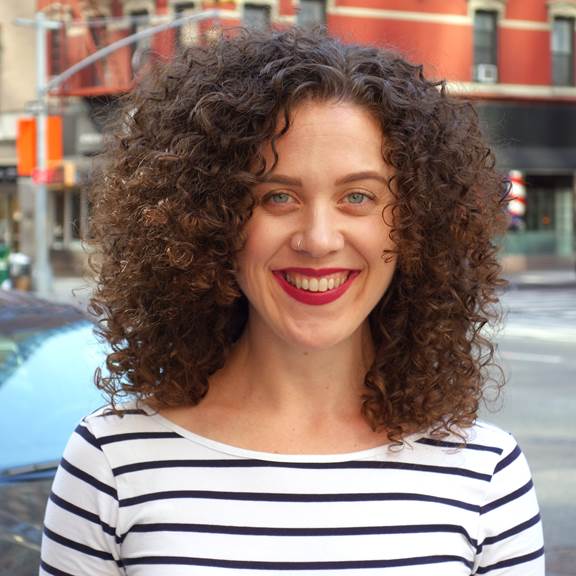The Racial Justice Implications of TOPA: Seizing Preservation Opportunities
This research brief from LISC Community Research and Impact empirically examines the potential racial equity benefits of COPA (Community Opportunity to Purchase Act) and TOPA (Tenant Opportunity to Purchase Act) policies and housing preservation strategies, by assessing the current state of evictions and housing distress in low-income neighborhoods of color in New York City, and by quantifying the number of distressed and potentially overleveraged properties that might benefit from preservation purchases.
Summary
Tenant Opportunity to Purchase Act (TOPA) and Community Opportunity to Purchase Act (COPA) policies can be a powerful tool against gentrification and displacement in Black, Indigenous, and people of color (BIPOC) neighborhoods. This report empirically examines the potential racial equity benefits of implementing TOPA and housing preservation strategies, by assessing the current state of evictions and housing distress in working-class and lower-income neighborhoods of color in New York City, and by quantifying the number of distressed and potentially overleveraged properties that might benefit from preservation purchases. We find:
- From 2022 to 2023, hazardous and immediately hazardous maintenance violations in working-class BIPOC areas were recorded at a rate over 2.3 times the rate in whiter, wealthier areas. During that period, the eviction filing rate in BIPOC areas was approximately double that of other areas, at about 7 eviction filings per 100 renter households each year versus 3.5 per renter household.
- Over 7% of buildings in working-class communities of color had more than one hazardous or immediately hazardous violation per unit annually, more than double the rate of severely distressed properties in whiter, wealthier areas. These 1,649 buildings in BIPOC communities contain 30,983 units and represent a substantial subset of properties where preservation investments could be explored. In addition, about 2,400 buildings in working-class communities of color containing about 59,000 units had debt levels that might indicate potential financial distress or financial speculation. These debt levels approached or exceeded current sales prices, especially in the outer boroughs.
- Additional preservation investments currently being considered by city and state officials could substantially benefit working-class neighborhoods of color. For example, as a matter of scale, recent proposed additional investments in the Neighborhood Pillars program in New York City could help nonprofits acquire and rehabilitate approximately one fifth of severely physically distressed properties in working-class neighborhoods of color—a considerable improvement in housing quality.
Previous research has also shown that creating a strong preservation ecosystem can pave the way for the adoption and successful implementation of opportunity-to-purchase policies, as occurred in the run-up to passage of the Community Opportunity to Purchase Act in San Francisco. This report demonstrates that COPA and TOPA policies, combined with preservation investments, including fast, flexible acquisition financing and guaranteed permanent financing, can be impactful in meeting this moment, when the prospect of refinancing at relatively high interest rates may make landlords more likely to negotiate with nonprofit and tenant preservation purchasers than they were prior to the pandemic.
About The Authors
 David M. Greenberg, VP of Knowledge Management & Strategy
David M. Greenberg, VP of Knowledge Management & Strategy
David is the vice president of Knowledge Management and Strategy for LISC, where he evaluates its impact in 33 cities and rural areas, and supports the learning and evaluation needs of local offices and national programs. Before LISC he was a Senior Associate with MDRC, directed policy and advocacy for a coalition of 90 community housing organizations in New York City and organized with homeless men and women in the municipal shelter system. He holds a Ph.D. in urban and regional planning from MIT, and is a part-time faculty member at The New School’s Milano School of Urban Policy.
@dvm_greenberg
 Fay Walker, Program Officer, Community Research & Impact
Fay Walker, Program Officer, Community Research & Impact
Fay supports CRI’s program design, research, and evaluation for local and national offices. Before joining LISC, Fay was a researcher at the Urban Institute, where she worked on equitable code enforcement, COVID recovery grants, guaranteed income pilots, and tenant protections. Prior to that, she lived and worked in Philadelphia and Cleveland, focusing on affordable housing and community outreach, with an emphasis on geospatial analyses. Fay holds a B.A. in diplomacy and world affairs from Occidental College and two M.A.s in urban spatial analytics and city and regional planning, both from the University of Pennsylvania.
 Julia Duranti-Martínez, Senior Program Officer for Community Research & Impact
Julia Duranti-Martínez, Senior Program Officer for Community Research & Impact
Prior to joining LISC, Julia (she/her) facilitated coalition organizing, advocacy and capacity-building with community land trusts in New York City, conducted collaborative community research in a self-built neighborhood in the Dominican Republic, and worked in Colombia providing human rights accompaniment, policy analysis, and popular education with communities resisting displacement and organizing for collective land rights. Julia has also worked in family and emergency services for Latinx immigrants in Portland, OR, and volunteered in Bolivia and Chile. She holds an M.S in Community and Regional Planning and an M.A in Latin American Studies from the University of Texas at Austin.